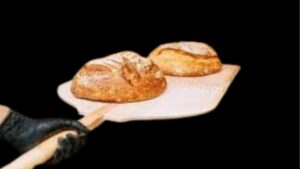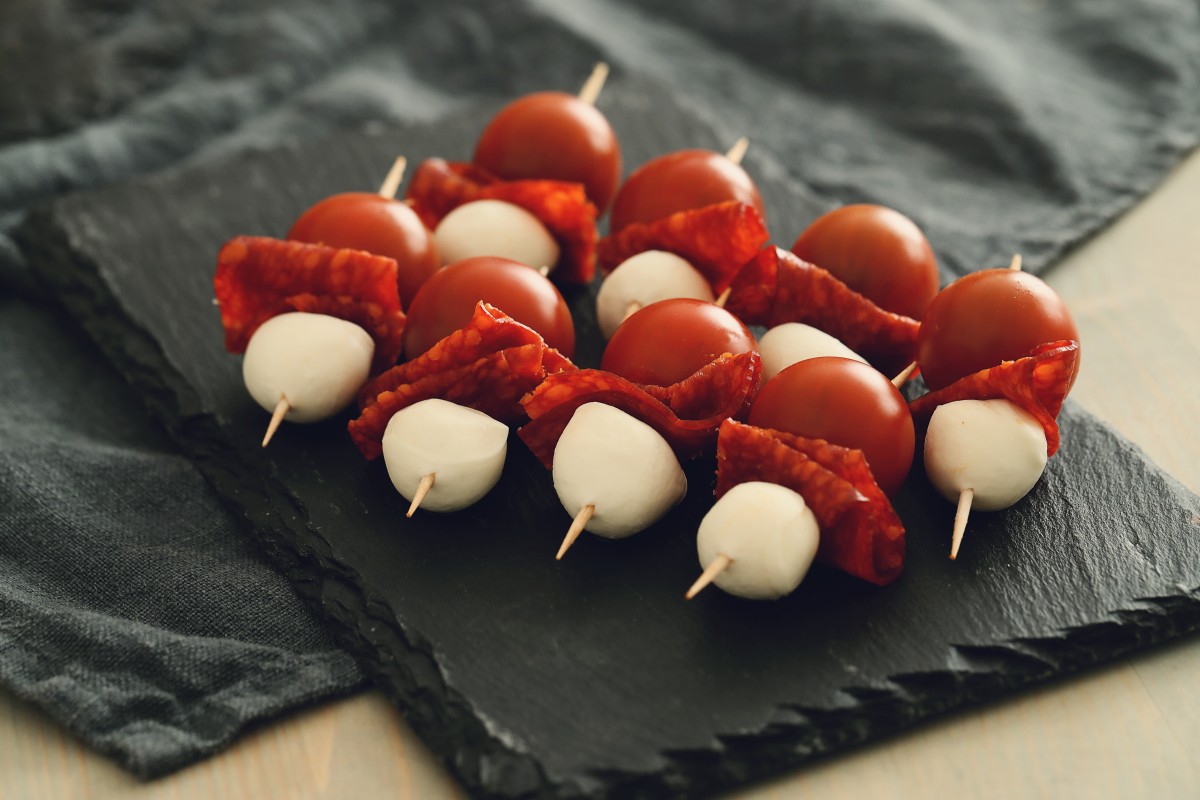How to Bake Bread at Home Exclusive Step-by-Step 7 Guide
How to Bake Bread at Home Exclusive Step-by-Step 7 Guide
How to bake bread at home
Baking Bliss: A Step-by-Step Guide on How to Bake Bread at Home

Bake bread at home
Introduction
Bake bread at home is not just a culinary delight; it’s a therapeutic experience that fills your kitchen with the comforting aroma of freshly baked goodness. Whether you’re a seasoned baker or a novice in the world of bread-making, this step-by-step guide will help you achieve the perfect loaf right in the heart of your own kitchen.
Ingredients
Begin your Bake bread at home journey by gathering the essential ingredients:
Flour: Choose high-quality all-purpose or bread flour for optimal results.
Yeast: Active dry yeast or instant yeast works wonders in leavening your bread.
Water: Ensure it’s lukewarm, creating an ideal environment for the yeast to activate.
Salt: Enhances the flavor and regulates the yeast’s activity.
Sweetener (optional): Add honey, sugar, or molasses for a subtle sweetness.
Step 1 Bake bread at home : Mixing the Dough
Combine the flour, yeast, water, salt, and sweetener in a mixing bowl. Knead the dough until it forms a smooth, elastic consistency. This is the foundation of your bread, so take your time to ensure the ingredients are well incorporated.
Step 2: First Rise Bake Bread at Home
Allow the dough to rise in a covered bowl for an hour or until it has doubled in size. This primary rise develops the structure and flavor of the bread.
Step 3 Bake Bread at Home : Shaping the Loaf
Once the dough has risen, gently punch it down and shape it into your desired loaf form. Place it in a well-greased or parchment-lined bread pan.
Step 4: Second Rise: Bake bread at home
Let the shaped dough rise for a second time. This step is crucial for achieving that light, airy texture. Give it around 30-45 minutes, and you’ll notice the dough expanding.
Step 5: Preheat and Bake
Preheat your oven to the recommended temperature for your recipe. Bake the bread until it reaches a golden-brown color, creating a crisp crust while maintaining a soft interior.
Step 6: Cooling and Enjoyment
Allow your freshly baked bread to cool on a wire rack before slicing. The aroma will be irresistible, but patience ensures a clean, even cut.
Tips for Success Bake Bread at Home
It should reach around 190-200°F (88-93°C).
Experiment with flour types, adding seeds, or incorporating whole grains for diverse flavors and textures.
Practice makes perfect. Embrace the learning process and adjust based on your experi .
Baking Conclusion
Bake bread at home is a rewarding endeavor that connects us to age-old traditions. With a bit of patience and practice, you’ll master the art of creating bread that not only nourishes the body but also fills the soul with a sense of accomplishment. Happy baking!

Bake bread at home : Additional Tips and Variations
Creating the Perfect Crust
Achieving that desirable crispy crust requires a few extra considerations:
How to Bake Bread at Home
Steam: Introduce steam into your oven during the first part of the baking process. Place a pan of hot water on the bottom rack or use a spray bottle to mist water into the oven. This helps the dough stay moist, allowing for a better crust formation.
Egg Wash: Brushing the dough with an egg wash before baking adds a beautiful shine and promotes a golden crust.
Flavorful Additions
Elevate your bread by incorporating exciting ingredients:
Herbs and Spices: Experiment with rosemary, thyme, or even garlic powder for a savory twist.
Cheese: Mix in shredded cheese like cheddar or parmesan for a rich, flavorful bread.
Nuts and Seeds: Add crunch and nutritional value by including sesame seeds, sunflower seeds, or chopped nuts.
Artisanal Shapes
Move beyond the traditional loaf and explore creative shapes:
Boule: Round, rustic loaves are perfect for a classic artisanal appearance.
Baguette: Shape your dough into long, slender forms for a French-inspired result.
Fougasse: Try a leaf-shaped bread, scoring the dough in intricate patterns for a visually stunning outcome.
Gluten-Free Alternatives
For those with gluten sensitivities, consider alternative flours like almond, coconut, or rice flour. Experiment with xanthan gum to maintain the structure typically provided by gluten.
Sourdough Adventures
Embark on the timeless journey of sourdough:
Sourdough Starter: Cultivate your own sourdough starter for a tangy, naturally leavened bread.
Extended Fermentation: Allow the dough to ferment for an extended period, enhancing the depth of flavor in your sourdough.
Troubleshooting Tips
Encountering challenges is a natural part of the baking process. Here are some solutions to common issues:
Dense Bread: Ensure your yeast is active, and don’t rush the rising process. Properly kneaded and risen dough yields a lighter texture.
Overbrowning: If the crust is browning too quickly, cover the bread with aluminum foil during the last part of the baking process.
Sharing the Joy
Baking bread is not only about the final product; it’s also about sharing the joy of homemade goodness. Consider gifting a loaf to friends or neighbors, spreading the warmth and satisfaction that comes with a freshly baked creation.
Bread baking is a versatile and gratifying journey, leaving room for endless creativity. Whether you’re perfecting a classic recipe or experimenting with unique variations, the key is to enjoy the process and savor the delightful results. Happy baking!
Bake bread at home : Advanced Techniques and Artistry
Starter Mastery
Delve into the world of sourdough with advanced starter techniques:
Hydration Levels: Adjust the hydration level of your starter for nuanced control over the bread’s crumb structure and flavor profile.
Flour Combinations: Experiment with different flour types in your starter to achieve distinct characteristics in your sourdough.
Temperature Precision
Fine-tune your bread by paying attention to temperature:
Autolyse Method: Allow the flour and water to rest before adding other ingredients. This technique enhances gluten development and overall dough consistency.
Cold Fermentation: Retard the rise by placing your dough in the refrigerator overnight. This slow fermentation process intensifies flavors and can improve the bread’s digestibility.
Advanced Shaping Techniques
Move beyond basic shapes with intricate designs:
Swirls and Layers: Incorporate fillings like cinnamon sugar or pesto between layers of dough for a visually stunning and flavorful loaf.
Scored Designs: Elevate your scoring game by creating intricate patterns on the surface of the dough. This not only enhances the appearance but also influences how the bread expands during baking.
Customizing Hydration Levels
Fine-tune your bread’s texture by adjusting hydration:
Wet Dough for Open Crumb: Increase hydration for a more open crumb structure, characteristic of artisanal bread.
Lower Hydration for Sandwich Bread: Lower hydration levels result in a tighter crumb, ideal for sandwich loaves.
Exploring Ancient Grains
Broaden your horizons by incorporating ancient grains:
Spelt, Einkorn, and Emmer: These grains add unique flavors and nutritional benefits to your bread.
Kamut and Teff: Experiment with lesser-known grains for an exotic touch.
Advanced Flavor Development
Master the art of flavor complexity:
Longer Fermentation: Allow the dough to ferment for an extended period, deepening the flavor profile of your bread.
Pre-Ferments: Create pre-ferments like poolish or biga, enhancing the depth of flavor and improving the bread’s keeping qualities.
Sharing Expertise
Connect with a community of bread enthusiasts:
Online Forums and Groups: Join platforms where bakers share insights, troubleshoot challenges, and exchange innovative recipes.
Local Bread Clubs: Explore or establish local bread clubs to share techniques, recipes, and freshly baked creations with fellow enthusiasts.
Conclusion
As you journey deeper into the art of bread baking, embrace the joy of continuous learning and exploration. The world of bread is vast, offering endless possibilities for creativity and mastery. Whether you’re honing your skills in shaping, experimenting with unique flavors, or diving into the intricacies of sourdough, the process is as enriching as the final slice. Happy advanced baking!




